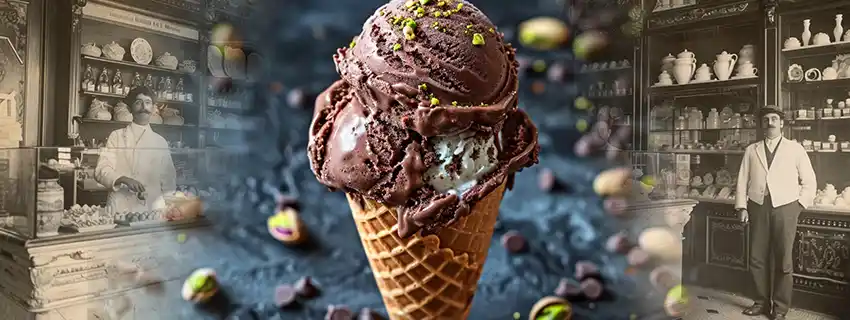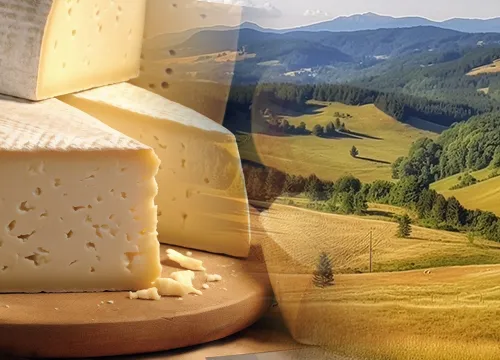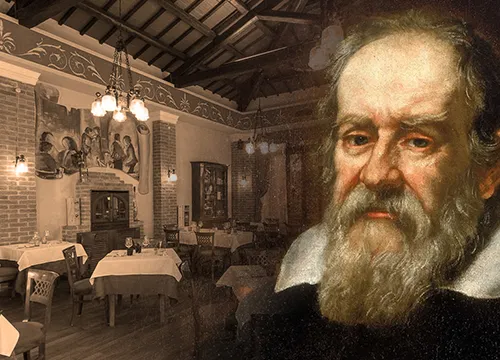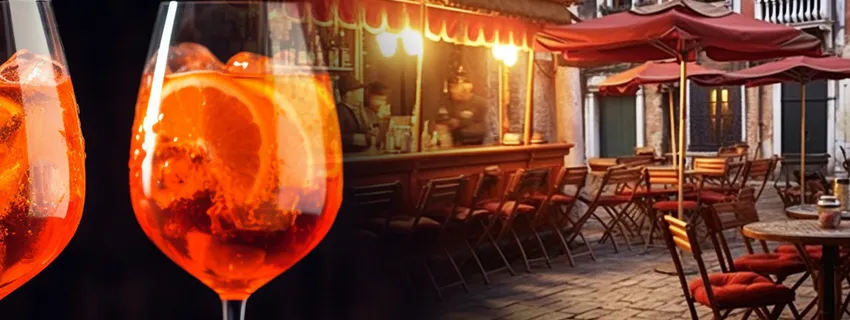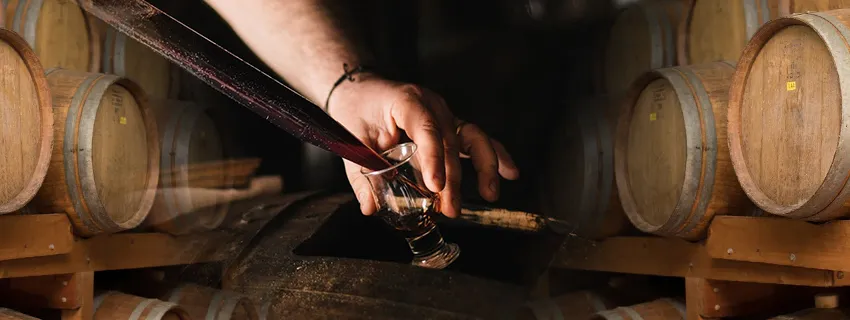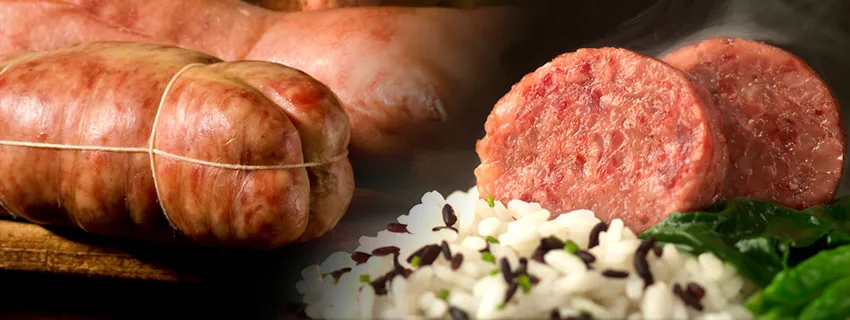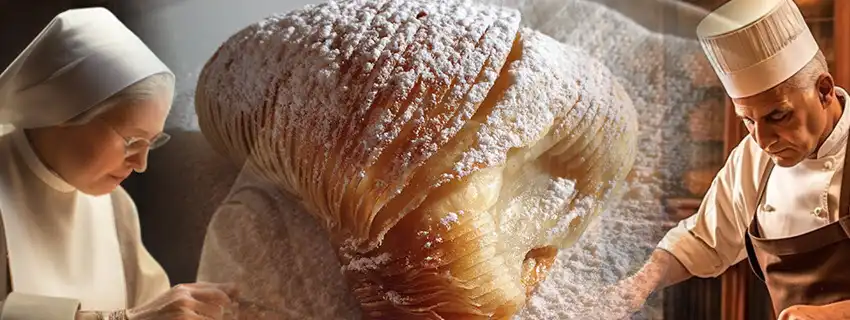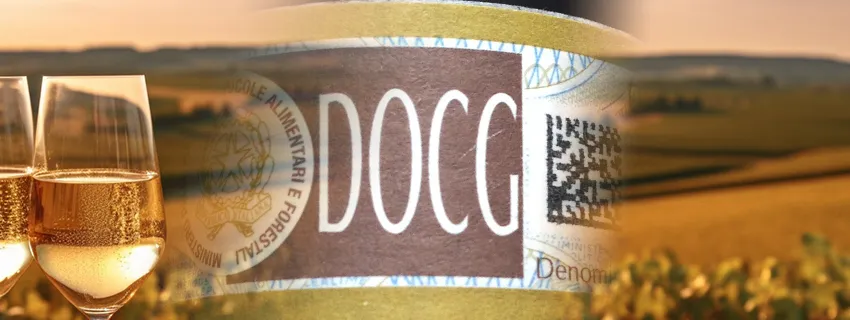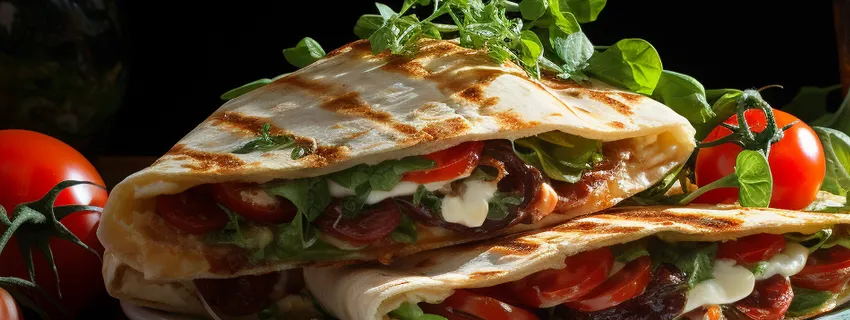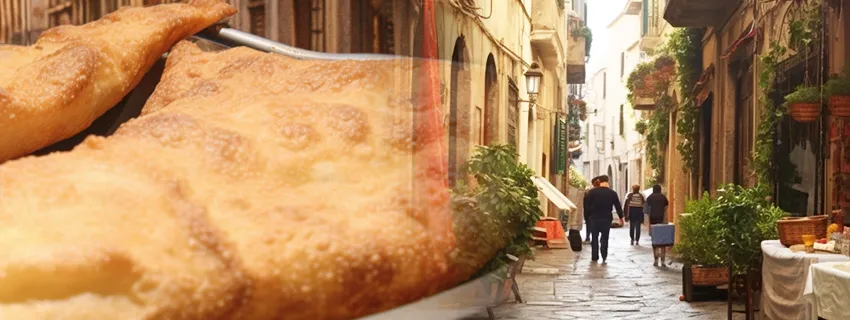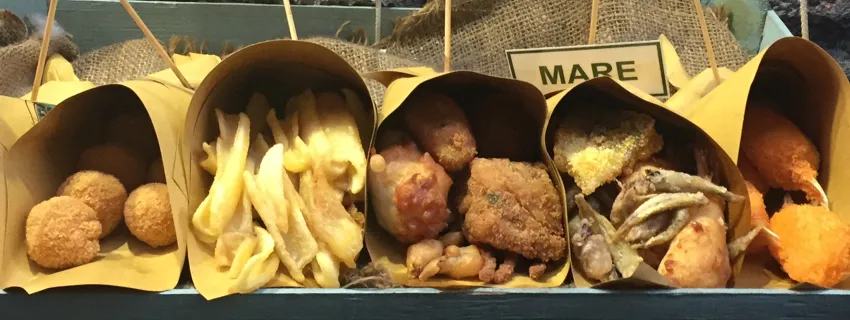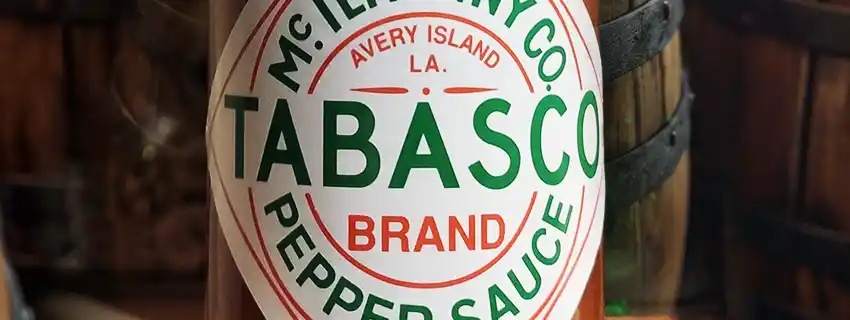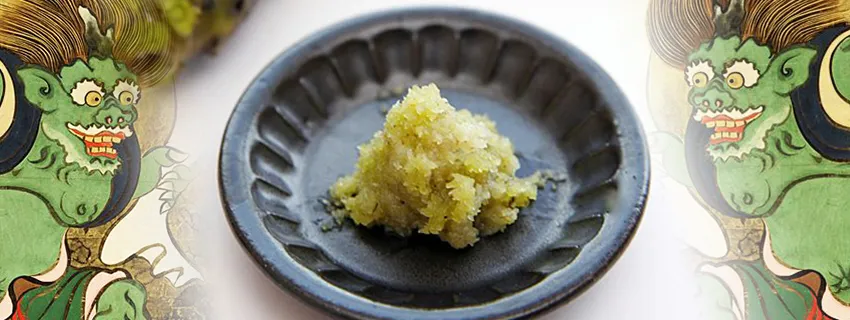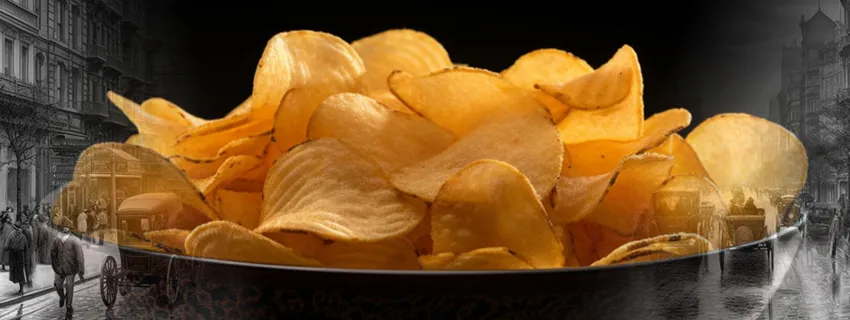WebFoodCulture
The Best Italian Food & Wine

Welcome to WebFoodCulture! This site is dedicated to the most typical Italian food and wine specialties. We will explain what makes them so special and inimitable, starting with their history and their places of origin. We will spice up this with lots of information and interesting facts. Finally, we will discover the most traditional restaurants and producers: this way you will be able to savor the most authentic flavor of these excellences of taste. Enjoy reading or, rather, buon appetito!
There is a very Italian dish that, quite oddly, is very little known in Italy. In the United States, on the contrary, it’s popular and appreciated, not to mention that, during the second part of the last century, many of Hollywood’s greatest stars loved it. We are talking about Fettuccine Alfredo, the Roman specialty: let’s find out everything there is to know about this ‘blond’ delicacy. (read more)
Origin: Italy Typology: First Courses
Hearing of Sicilian cuisine, arancini immediately come to mind: this rice-based specialty, in fact, sums up the taste, aroma and colors of the exuberant culinary tradition of the Italian island. (read more)
Origin: Italy
Typology: First Courses
New
‘Grissini’ are a crunchy specialty that cannot be missing from the table of any Italian restaurant. Over the centuries, thanks to their simplicity and versatility, they have acquired a large number of ‘aficionados’. (read more)
Origin: Italy
Typology: Side Dishes
New
Ice cream is one of those Italian specialties that can be tasted all around the world.
Although its origins are very ancient, it took centuries of evolution to acquire the current form. (read more)
Origin: Italy
Typology: Desserts
New
Last update

Strolling through the narrow Venetian alleys it’s easy to come across some ‘bacari’: small taverns where it’s possible to enjoy, in addition to wine, some of the tastiest local specialties, also known ad ‘cicchetti’. (coming soon)
Soon
Origin: Venice (Veneto)
Typology: Historic food places
Asked about the origins of the Italian culinary excellences, the renowned historian Alessandro Barbero replies, “We should not believe that a dish that we consider traditional and central to our local cuisine existed back in the 1800s. Well, not necessarily, it’s important to check case by case”. That said, the main goal of WebFoodCulture is exactly to investigate, case by case, the true genesis of the specialties from the ‘Belpaese’, explaining to its readers when a story is just a fascinating legend.
New
REGIONAL SPECIALTIES
Veneto Region, thanks to its particular morphology including flat, mountainous and coastal areas, can boast a food and wine industry rich in a wide variety of specialties. Tasty delicacies, just perfect to accompany tourists while visiting splendid cities of art or enjoying breathtaking landscapes. Let’s find out all of them, with the precious help of their most traditional producers.
(read more)
‘Spritz’ is one of the most popular and appreciated Italian long drinks. Its basic recipe is very simple and was invented in the Veneto region in the 19th century. Over the years, it evolved into numerous variations: currently the best known is the ‘Aperol Spritz’, made using Aperol bitter.
(read more)

THE EXCELLENCES OF ITALIAN TASTE
Carbonara is undoubtedly one of the best-known and most appreciated Italian pasta specialties: a simple dish prepared with equally simple ingredients, which, although it cannot boast of very ancient origins, is considered very traditional. This happens because it represents the perfect synthesis of a culinary sensibility matured over the centuries in a precise geographical area. A sensibility making this delight of the palate one of the most representative symbols of the gastronomy of Rome and, more in general, of the entire Lazio Region. (read more)
Origin: Lazio Typology: First courses
In this article we will find out how Balsamic Vinegar is made. A very ancient procedure whose origins date back to the time of the pharaohs, handed down from father to son and used still today by the most traditional producers of this specialty, gathered in the Balsamic Vinegar Consortia. (read more)
Cotechino is one the most exquisite Italian sausages, heir to a millennia-old tradition that some scholars trace back to the ancient Egyptians. Made from pork meat and rind, it comes in different variations according to the production zone. The most famous is that of Modena. (Read more)
Origin: Modena (Emilia-Romagna)
Typology: Main courses / Cold Cuts
There is no doubt that Sfogliatella is rightfully part of the Neapolitan confectionary Olympus, along with other renowned delights such as Babà, Struffoli, and Pastiera. Despite its apparent simplicity, this pastry has a unique flavor.
(read more)
Origin: Naples (Campania)
Typology: Desserts
Buffalo mozzarella is a key ingredient in the preparation of the queen of pizzas: the ‘Margherita’. In this regard, it’s important to remember that the world’s most-known Neapolitan specialty can also be made using ‘normal’ mozzarella (i.e., ‘Fior di Latte STG‘ made from cow’s milk). (read more)
BEVERAGES
The birth of Lambrusco wine is closely linked to the evolution of the wild vine (‘vitis silvestris’) growing in the territories of the current provinces of Modena, Reggio Emilia, Parma and Mantua. The earliest records relating to this wine date back to classical times and are included in the literary works of Cato (‘De agri cultura’), Varro (‘Naturalis Historia’), Pliny the Elder and Virgil. (read more)
Origin: Emilia-Romagna / Lombardy Typology: Wines
STREET FOOD
Unleavened flatbread is a very ancient type of food, that has evolved into many forms over the centuries. ‘Piadina’ is one of them. This specialty was born in one of the most interesting Italian regions from a food and wine point of view: Romagna. (read more)
Origin: Emilia-Romagna
Typology: Street Food
Even if specialties similar to fried pizza can be found in many parts of the world, the one from Naples boasts unique features: many of them are related to the particular nature of the city. These peculiar characteristics make it special. (read more)
Origin: Naples (Campania)
Typology: Street Food
In Naples the ‘cuoppo’ (also known as ‘cuopp’), a cone made with straw paper, is used by the local people to carry around the delicacies just bought in a ‘friggitoria’ (typical fried food shop).
(read more)
NOT JUST ITALY: SPECIALTIES FROM THE WORLD
If there is a food product that, more than many others, is generally associated with the idea itself of extreme spiciness, it’s Tabasco. Let’s find out how the specialty invented in the second half of the nineteenth century by Edmund McIlhenny is made (read more)
Origin: Luoisiana (U.S.)
Typology: Sauces & Condiments
‘Wasabi’ is one of the symbols of Japanese gastronomy: it’s a soft, green-colored paste that can boast ancient origins, often used to accompany sushi. This condiment stands out for a particular kind of spiciness. (read more)
Origin: Japan
Typology: Sauces & Condiments
1956, the American jazz singer Bulee “Slim” Gaillard dedicates a song to one of the most famous snacks in the world. Not by chance, the name of the song is ‘Potato Chips’. (read more)
Copyright information.
To get copyright information about the images on this page, please refer to the copyright section of each article.




